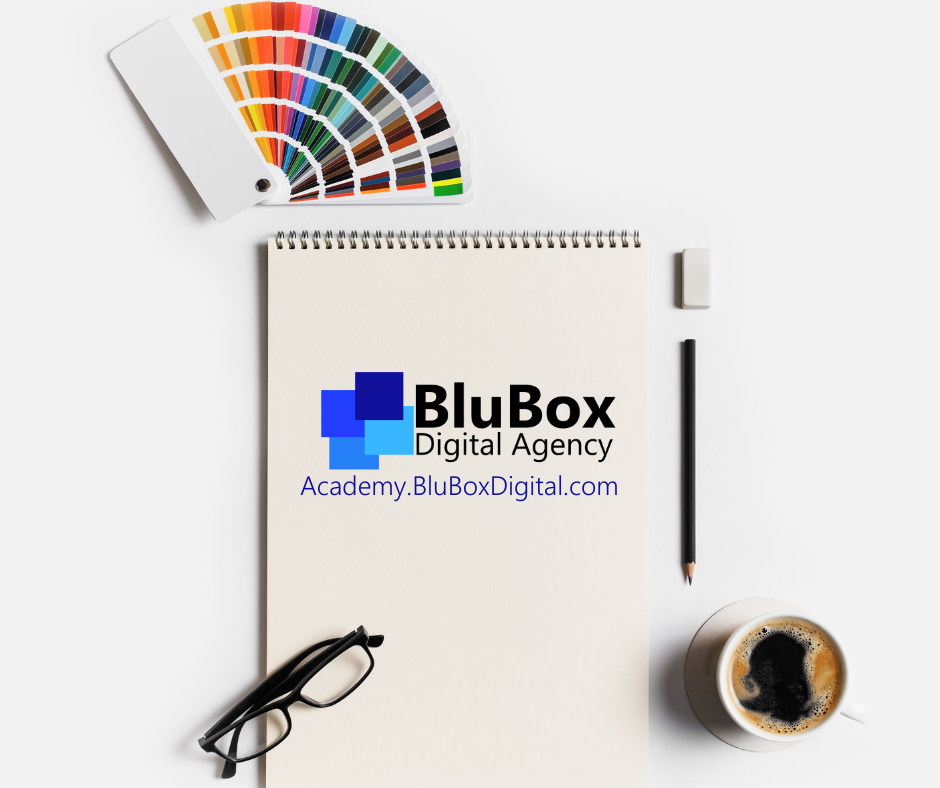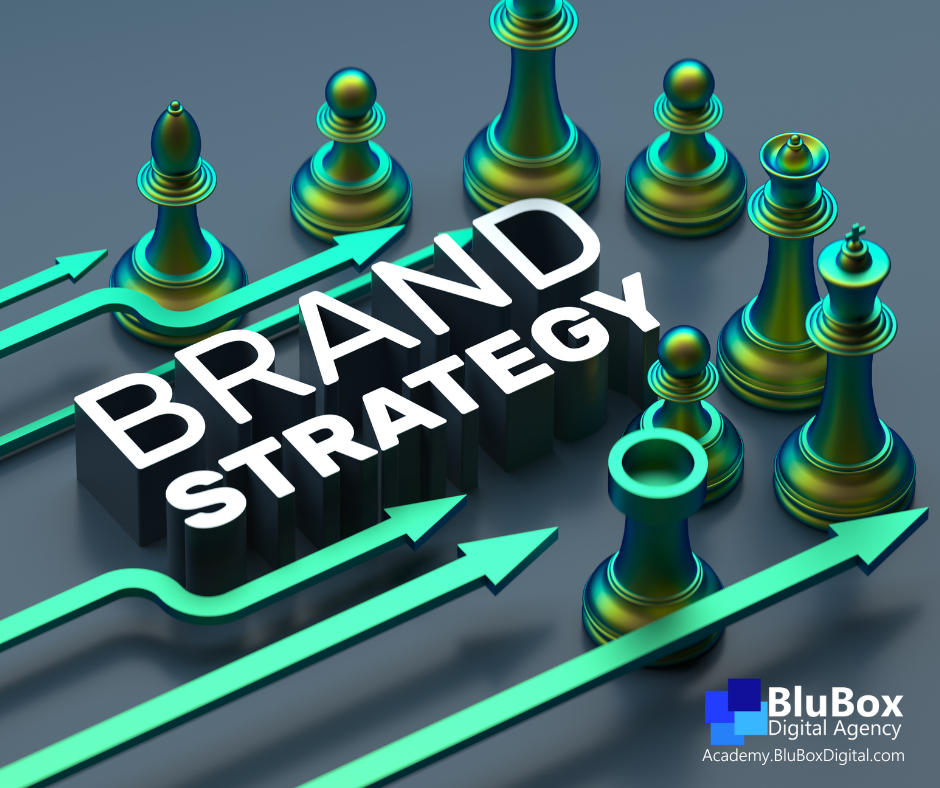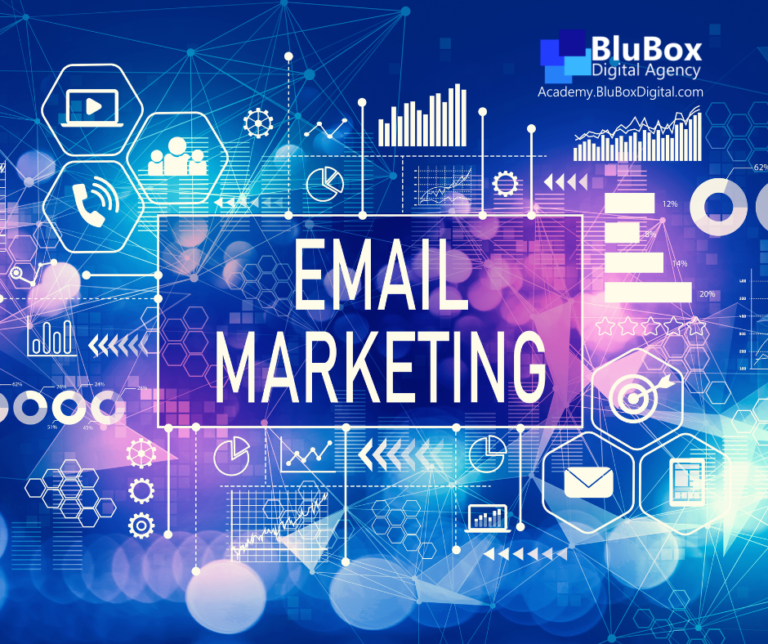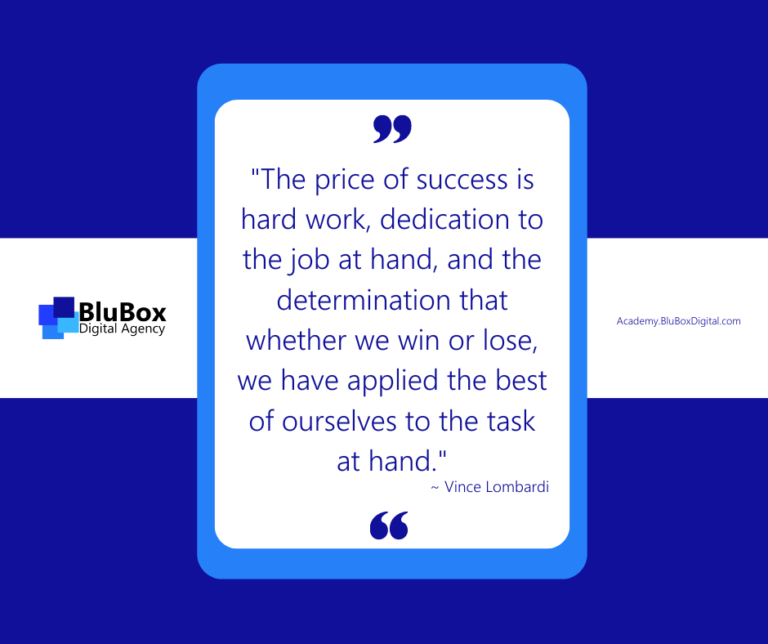How to Create a Brand Look That Stands Out
Creating a brand look that really represents your business is key to making a strong and lasting impression.
Whether you’re a new startup or an established company looking for a refresh, having a clear and consistent brand identity helps people recognize and connect with your business.
But what exactly goes into creating a brand look? Let’s break it down in a simple, easy-to-follow way.
1. Create a Brand Look with the Right Logo
Your logo is often the first thing people see when they come across your business, so it needs to be memorable and represent what your brand is all about.
Think of your logo as the face of your business—it’s the thing people will associate with you right away.
When designing a logo, simplicity is key.
You want something that looks good whether it’s on a business card, a billboard, or your website.
A good rule of thumb is to avoid anything too complicated or detailed, as it may not translate well across different platforms.
For example, a logo that looks great on your website might not work as well on a T-shirt or promotional products like pens and mugs.
The simpler and cleaner your logo, the more versatile it will be.
2. c

Colors play a huge role in how people feel about your brand.
Different colors evoke different emotions—blue can give off a calming vibe, while red feels more energetic and bold.
When choosing a color palette for your brand, think about the message you want to send to your customers.
A helpful tip is to start with one or two main colors and then build out from there with complementary colors that work well together.
You can experiment with different shades and tones to see what fits best.
Using a tool like a color wheel can help you figure out which colors complement each other and give your brand a professional, cohesive look.
And remember, consistency is key—using the same colors across your website, social media, and promotional materials will help people recognize your brand instantly.
3. Pick Fonts That Match Your Style
Fonts are another important piece of your brand’s look.
The right font can make your brand feel approachable, professional, or fun, depending on the vibe you’re going for.
You’ll want to choose fonts that are easy to read and fit the personality of your brand.
For example, if you’re a tech company, you might want to go for sleek, modern fonts.
On the other hand, if you’re in a creative field like photography or design, you might opt for something a bit more unique and artsy.
It’s also a good idea to pick a couple of fonts—one for headlines and one for body text—to keep things looking consistent.
Make sure the fonts you choose work well both online and in print, so your materials look polished no matter where they’re seen.
4. Establish Brand Guidelines to Create a Consistent Brand Look
Now that you have your logo, colors, and fonts picked out, it’s time to pull everything together into brand guidelines.
Brand guidelines are basically a set of rules that explain how your brand should look and feel across all platforms.
This helps keep everything consistent, so whether someone is looking at your website, social media, or a printed flyer, they’ll recognize your brand immediately.
Your brand guidelines should include details like:
- How to use your logo (and how NOT to use it)
- Your color palette and when to use each color
- The fonts you’ve chosen and how to apply them
- Any other design elements like icons or images that are part of your brand
Having clear guidelines in place will make it easier to keep your branding consistent, even as your business grows and you work with different designers, marketers, or agencies.

5. Stay Consistent Across All Platforms
One of the most important parts of creating a brand look is making sure it’s consistent everywhere.
From your website and social media pages to your business cards and brochures, your brand should have the same feel and look no matter where people come across it.
When your branding is consistent, it helps build trust with your customers.
They’ll recognize your business instantly and feel more connected to it because they know what to expect.
Think about some of the biggest brands in the world—no matter where you see their logo or products, you can instantly identify them because they stick to the same look and feel everywhere.
6. Review and Refresh: Keep Your Brand Look Current as You Grow
While consistency is important, it’s also good to keep an eye on how your brand looks over time.
As your business grows and changes, you might find that certain elements of your brand need a refresh.
Maybe you want to update your logo, tweak your color palette, or try out a new font to keep things feeling fresh.
It’s a good idea to review your branding regularly to make sure it still aligns with your business goals and the image you want to project.
You don’t need to do a complete overhaul every year, but small updates can help keep your brand looking modern and relevant.
7. Gather Feedback and Make Adjustments
Don’t be afraid to ask for feedback from your customers, employees, or even industry peers.
They might notice things about your brand look that you haven’t considered, and their input can be valuable as you refine your visual identity.
After all, your brand is there to connect with your audience, so knowing what resonates with them is crucial.
Building a cohesive and eye-catching brand look isn’t just about making things look nice—it’s about creating a visual identity that represents your business and connects with your audience.
By putting thought into your logo, colors, fonts, and consistency, you can create a brand that stands out and helps your business grow.
And remember, as your business evolves, so should your brand look.
Keep things fresh and stay true to your brand’s personality, and you’ll be well on your way to creating a brand that leaves a lasting impression.
Ready to create a brand look that truly stands out and resonates with your audience? Our BluBox Digital Academy offers easy-to-follow courses that can help you build a strong, consistent visual identity for your business.






